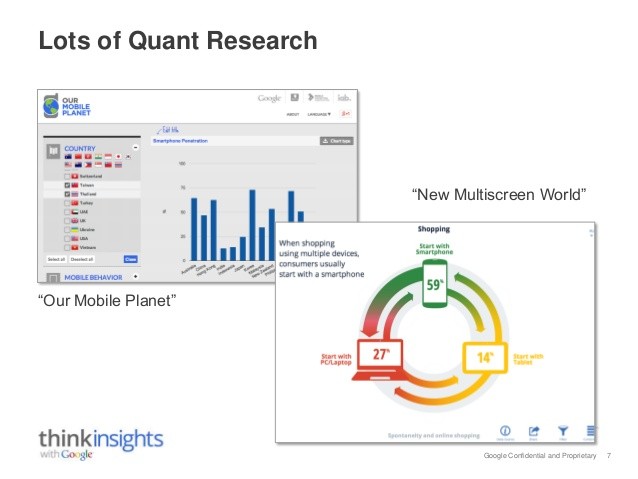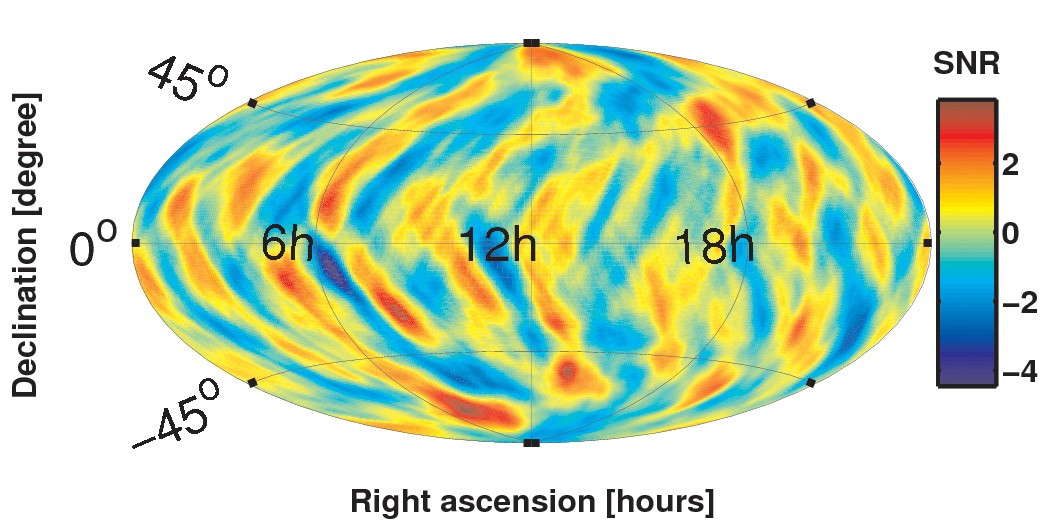Web Sites Help You Explore World of Quants
Post on: 17 Июль, 2015 No Comment

Exclusive FREE Report: Jim Cramer’s Best Stocks for 2015.
If computers can beat grandmasters at chess, why shouldn’t they outperform the best traders on Wall Street?
That’s the theory behind the Boston-area mutual fund firm, Quant Funds. and several Web sites that use quantitative analysis software to help you decide what to buy and when.
Quantitative analysis is a mouthful, to be sure. But applied to investing, it simply means the study of the company (or perhaps a sector), based on quantifiable data. That usually means key ratios such as price-to-sales, for example, along with average analyst rankings. A quantitative analysis model might also throw in economic data, and it might compare how interest rates have affected a particular company or its sector in the past.
Contrast that with fundamental analysis, which relies more on subjective or qualitative data, such as the skill of a company’s management.
Brokerages and institutions have used quantitative modeling for years. But there’s always been a mystique surrounding it. The actual inputs into the model tend to be closely guarded secrets. The models have been called black boxes, while the models’ programmers have often been dubbed quants or rocket scientists, and kept holed up in back rooms.
Quant Funds has been using quantitative analysis software since 1985 to manage a portfolio that currently includes six mutual funds. The key word here is manage. Because after creating their model, the funds’ carbon-based managers pretty much sit back and let the thing go to work. The model generates both buy and sell signals. But any actual trading, you may be relieved to know, is done by people.
We’re not always on autopilot, says Steve Esielonis, who manages Quant Fund’s flagship fund, the $87.9 million (USBOX ) Quant Growth & Income.
We don’t override often; but we do override, he says. Esielonis and his computer model have racked up a five-star rating from Morningstar and a five-year annualized return of almost 30%, somewhat lower than the return of the S&P 500 index for a comparable period. The fund did outperform the benchmark last year. Nothing a computer should be ashamed of, necessarily.
So how does the model work? As Esielonis explains it, the process begins with a fairly straightforward stock screen, similar to those you find at sites like Stockpoint.com ( www.stockpoint.com ) or Microsoft’s MoneyCentral ( www.moneycentral.com ). The screen acts as a search engine. The fund’s managers program it to look for stocks with variables they like, such as high-percentage growth, or a significant departure from a moving average. Then the screen kicks out a list of stocks that match the criteria.
Once the stock screen culls out a list of about 1,200 stocks, the quantitative model kicks in, measuring such things as how stocks performed during a similar interest rate climate. The model also might incorporate certain assumptions such as the estimated economic growth rate.
What we know about these models is that they’re very early on their initial buys, and very late on their sells, Esielonis says. So we can adjust for that. There is a degree of human element.
Quant it Yourself
If you trust a computer to pick stocks more than your broker, there are other sites on the Web that’ll let you test drive quantitative models on your own.

For example, Zacks ( www.zacks.com ), the earnings estimate people, publishes a model portfolio of No. 1-Ranked Stocks based on quantitative modeling. Zacks claims the portfolio has produced average annualized returns of more than 35% since 1980. (For more on model portfolios, see a recent Tools of the Trade column.)
VectorVest ( www.vectorvest.com ) has a free service that gives a free quant-based analysis of value, safety and timing for more than 7,000 stocks. Just enter a ticker symbol. You can also sign up for a $30 five-week trial and receive timing signals and other services. I know users who swear by this service.
Another site, Validea.com ( www.validea.com ), currently in beta, tries to put a human face on the cold process of quantitative analysis. Click on Guru Strategy Search from the home page, and you get a list of legendary stock pickers, including Peter Lynch. Benjamin Graham. and Martin Zweig. In fact, behind each name is a quantitative model, that’s designed to mimic that guru’s investment strategy. Enter a ticker symbol and find out which of the famous investment advisors would buy or dump the stock.
Validea.com president and co-founder Keith Ferry says it takes about six weeks to build each model. We do extensive research with the books that each author has written, he says. Plus we read their columns as a follow up, along with any mentions they make in conferences or in the press to extract their criteria according to their methodology and have it codified into a pretty comprehensive computer program. Piece of cake.
But now for the obvious question: Just how good is this stuff? Quant Funds and Zacks publish their results. Ferry promises Validea.com will do the same. But on the whole, quant models have performed poorly over the last several years, says Esielonis. That’s mainly because most models haven’t been adapted to the new economy. So they tend to pass up stocks with triple-digit price-to-earnings multiples, for example. In fact, Esielonis says quant models need constant tweaking in order to remain on track. Sometimes models can get a little screwy on you, he says. If you don’t understand what’s going on behind the scenes, you can be led down a path that you don’t want to go down.
Bottom line: Don’t bet the house on any of these models. Instead, consider a quant signal to be one piece of the due diligence you perform before trading any stock.
Mark Ingebretsen is editor-at-large with Online Investor magazine and a consultant to a major insurance company. He has written for a wide variety of business and financial publications. Currently he holds no positions in the stocks of companies mentioned in this column. While Ingebretsen cannot provide investment advice or recommendations, he welcomes your feedback at mingebretsen@onlineinvestor.com.














